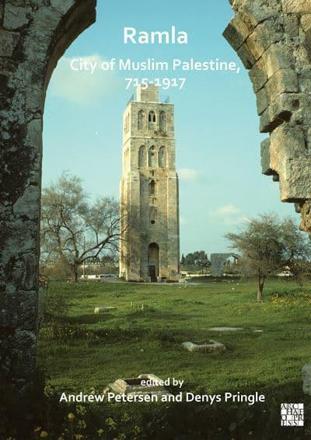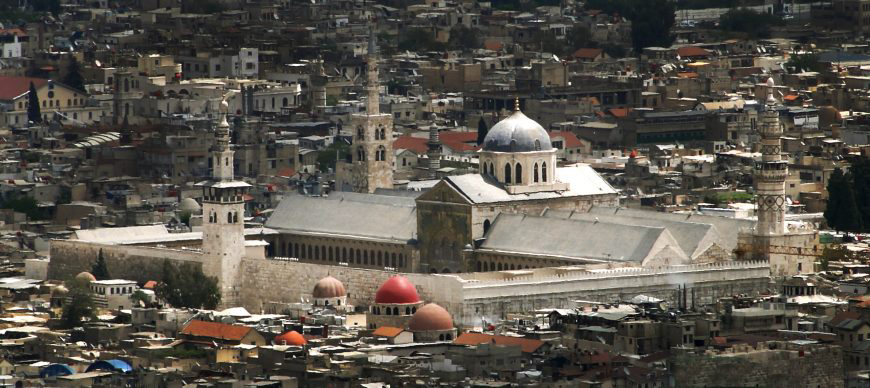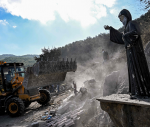You are here
Lecture offers glimpse into Muslim Ramla
By Saeb Rawashdeh - Mar 14,2022 - Last updated at Mar 14,2022

AMMAN — The Ramla Project, shedding light on Mamluk Jerusalem, was a major initiative funded by the World of Islam Festival Trust, documenting immensely important mediaeval architecture of the city, according to a British scholar.
“The Ramla Project started in 1995 and the final report of the project appeared in 2021,” said Director of Research in Islamic Archaeology at the University of Wales Trinity Saint David Andrew Petersen during a recent lecture titled” Ramla: Forgotten Capital of Palestine”.
He added that Ramla was the new city found by the Arab Muslim armies in 712 AD.
“The Sulayman Ibn Abd Al Malik found Ramla as the capital of Jund Filastin, the district he governed in the Greater Syria before becoming caliph in 715,” Petersen noted at the event organised by the Council of the British Research in the Levant.
He added that the city’s strategic and economic value came from its location at the intersection of the Via Maris, connecting Cairo with Damascus and the road linking Jaffa with Jerusalem.
Ramla rapidly overshadowed the city of Lydda and it soon became the commercial centre of Palestine, well-known for its pottery, dyeing, weaving and olive oil, as well as a hub for Muslim theologians, Petersen said, stressing that Ramla was an important town for textile industry.
“As a ruler of Palestine, Sulayman Ibn Abd Al Malik had his palace in Ramla,” he said.
Moreover, Ramla was always short of water, according to the scholar, and a special canal was built to supply the city with the running water, adding that the peak of prosperity occurred after 750 AD.
“Up until 900AD Ramla was a thriving city and many letters written by merchants to traders in Cairo and Damascus attest to its prosperity,” Pertersen said.
He added that the city’s prosperity is reflected in archaeology by the type of houses and public buildings that have been excavated.
Many of these houses were villas, well- spaced out, and different religious communities coexisted in Ramla at that time, he said.
However, during the Crusades in 11th century AD Ramla was already deserted and without protective walls, Petersen said, noting that among other famous landmark buildings is a white mosque in Ramla with a 14th century tower.
“The mosque was built adjacent to the palace of the Ramla governor,” the scholar said, adding that the glass mosaic tesserae were found in that area.
Another well-known landmark is a church built by the Crusaders which was converted into a mosque as well as a bathhouse, caravanserai and a Moroccan mosque.
“During the Mamluk period, Ramla seems to have gradually recovered some of its former importance and was described by Abu Al Fida [a Mamluk era geographer] as the most populous city in Palestine,” the scholar said.
“Cotton was one of the main products of the city during this period although agriculture and trade were also important,” Peterson said, adding that the city appears to have been important enough for the Venetians to establish a colony there.
However, by the end of the Mamluk period (1250-1517) the city seems to have declined and mostly in ruins, Peterson noted.
Related Articles
AMMAN — Despite the abundance of historical resources, the research on caravanserais in Jordan has been overlooked by scientists, according
Located some 35km south of Amman, Al Qastal, an Umayyad castle close to the Desert Highway, was known in the early Islamic period and mentio
AMMAN — The first caliphs were known for building mosques and rest-houses for the pilgrims, Claudine Dauphin, an archaeologist affilia

















